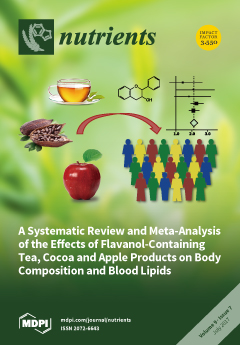Iron supplementation may have adverse health effects in infants, probably through manipulation of the gut microbiome. Previous research in low-resource settings have focused primarily on anemic infants. This was a double blind, randomized, controlled trial of home fortification comparing multiple micronutrient powder (MNP) with and without iron. Six-month-old, non- or mildly anemic, predominantly-breastfed Kenyan infants in a rural malaria-endemic area were randomized to consume: (1) MNP containing 12.5 mg iron (MNP+Fe,
n = 13); (2) MNP containing no iron (MNP−Fe,
n = 13); or (3) Placebo (CONTROL,
n = 7), from 6–9 months of age. Fecal microbiota were profiled by high-throughput bacterial 16S rRNA gene sequencing. Markers of inflammation in serum and stool samples were also measured. At baseline, the most abundant phylum was Proteobacteria (37.6% of rRNA sequences). The proteobacterial genus
Escherichia was the most abundant genus across all phyla (30.1% of sequences). At the end of the intervention, the relative abundance of
Escherichia significantly decreased in MNP−Fe (−16.05 ± 6.9%,
p = 0.05) and CONTROL (−19.75 ± 4.5%,
p = 0.01), but not in the MNP+Fe group (−6.23 ± 9%,
p = 0.41). The second most abundant genus at baseline was
Bifidobacterium (17.3%), the relative abundance of which significantly decreased in MNP+Fe (−6.38 ± 2.5%,
p = 0.02) and CONTROL (−8.05 ± 1.46%,
p = 0.01), but not in MNP-Fe (−4.27 ± 5%,
p = 0.4445).
Clostridium increased in MNP-Fe only (1.9 ± 0.5%,
p = 0.02). No significant differences were observed in inflammation markers, except for IL-8, which decreased in CONTROL. MNP fortification over three months in non- or mildly anemic Kenyan infants can potentially alter the gut microbiome. Consistent with previous research, addition of iron to the MNP may adversely affect the colonization of potential beneficial microbes and attenuate the decrease of potential pathogens.
Full article






